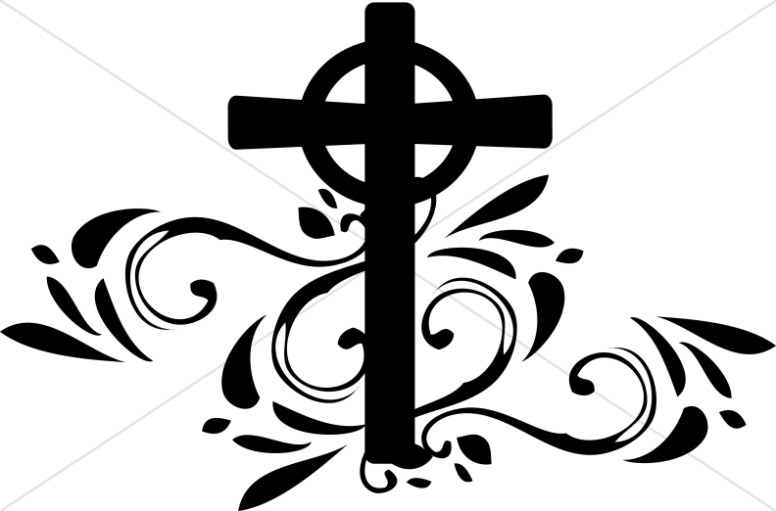When corn stalks, pumpkins, and goblins appear, we know fall is in full bloom with winter on its way. On this day, October 31, kids chant the well-known “trick or treat” while they look forward to all the goodies collected from neighbors.
Most would agree that the year 2020 hasn’t been a treat. Halloween may look a little different this year, but why do we celebrate? While some claim the occasion is a good thing, others—usually predicated on religious beliefs—consider it bad.
Historians tell us this day of celebration probably began 2,000 years ago with the Celtics or Druids in and around Ireland. The people gathered on November 1 for the festival of Samhain (sow in) to celebrate a new year and mark the end of summer harvest and the beginning of dreaded winter. The night before, October 31, pagans believed boundaries between the heavens and earth became thin and those in the otherworld transcended to earth. Ghost of the dead returned to family homes.

The rise of Christianity in the area by the 9th century, interjected different views. By the 12th century, the day following Halloween had evolved into a holy day known as All Souls’ Day, a day to honor the dead. Now called All Saints’ Day from the All-hallows or All-hallowmas, the night before, in the tradition of the Samhain, became called All-Hallows Eve and eventually Halloween.

Locals observed the holiday with “Souling,” the custom of making soul cakes with currents and spices and often marked with a cross, and giving to poor souls. Poor people went from house-to-house seeking food and offering prayers for the giver in exchange for cakes. Thus may have evolved our current practice of “trick or treat.” By the 16th century, young people appeared in costumes, based on ancient cultures, and demanded food or face misdeeds if rejected.
While the predominantly Protestant colonial New England frowned on the holiday, the influx of many cultures to American shores created a distinct American flavor in the observance of Halloween. Earlier in the 20th century, the holiday seemed more about tricks—mischief— than treats.
But as early as the 1930s, The Curtiss Candy Company—Baby Ruth, Butterfinger, and others—marketed Buddie or Junior sizes of candy bars. Hershey’s Miniatures surfaced in 1939, and Mars came along much later in the early 1960s. World War II resulted in the rationing of sugar. Afterward, the candy and Halloween market boom began. Candy manufacturers latched on to the idea of marketing small candies, easy for little goblins to place in baskets or sacks. By the late 1960s, Mars stopped producing “junior” bars in favor of “fun-size” varieties targeted toward Halloween customers.
Today, one-fourth of all candy sold annually in the US is purchased during the Halloween season. While this is good for the candy industry, it is difficult as a registered dietitian nutritionist to remain neutral. I much prefer to allow children their pick from a basket of assorted fruits or small boxes of raisins and other tasty nutritious treats.
Whatever you choose to do, today’s world is tricky. Please wear masks, stay a safe distance apart, and avoid crowds. That’s a tall order for this special night. But it is not nearly as special as you and all the kiddies. Have a safe Halloween.

source https://betterweightloss.info/halloween-trick-treat-or-neutral/

No comments:
Post a Comment